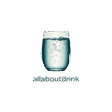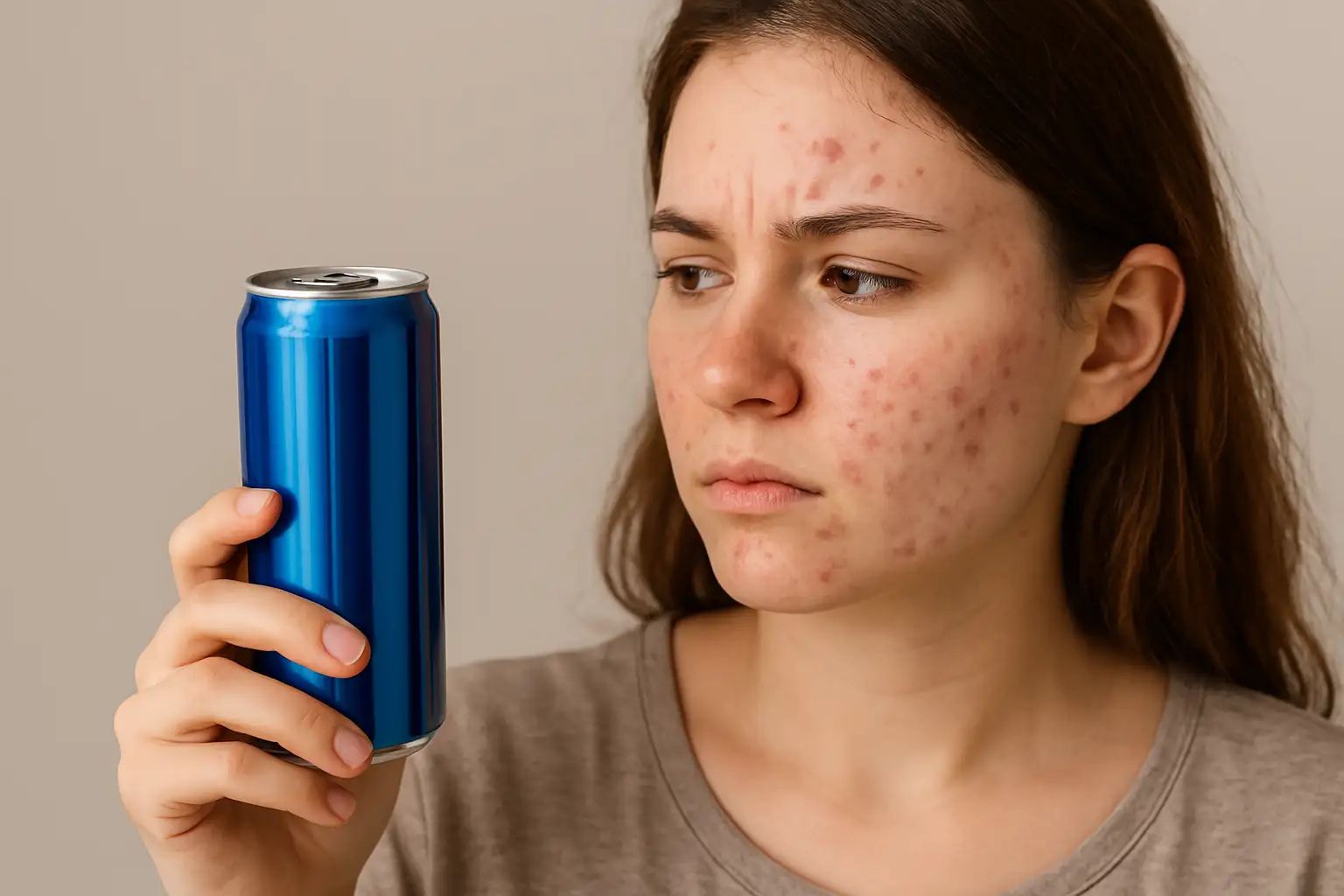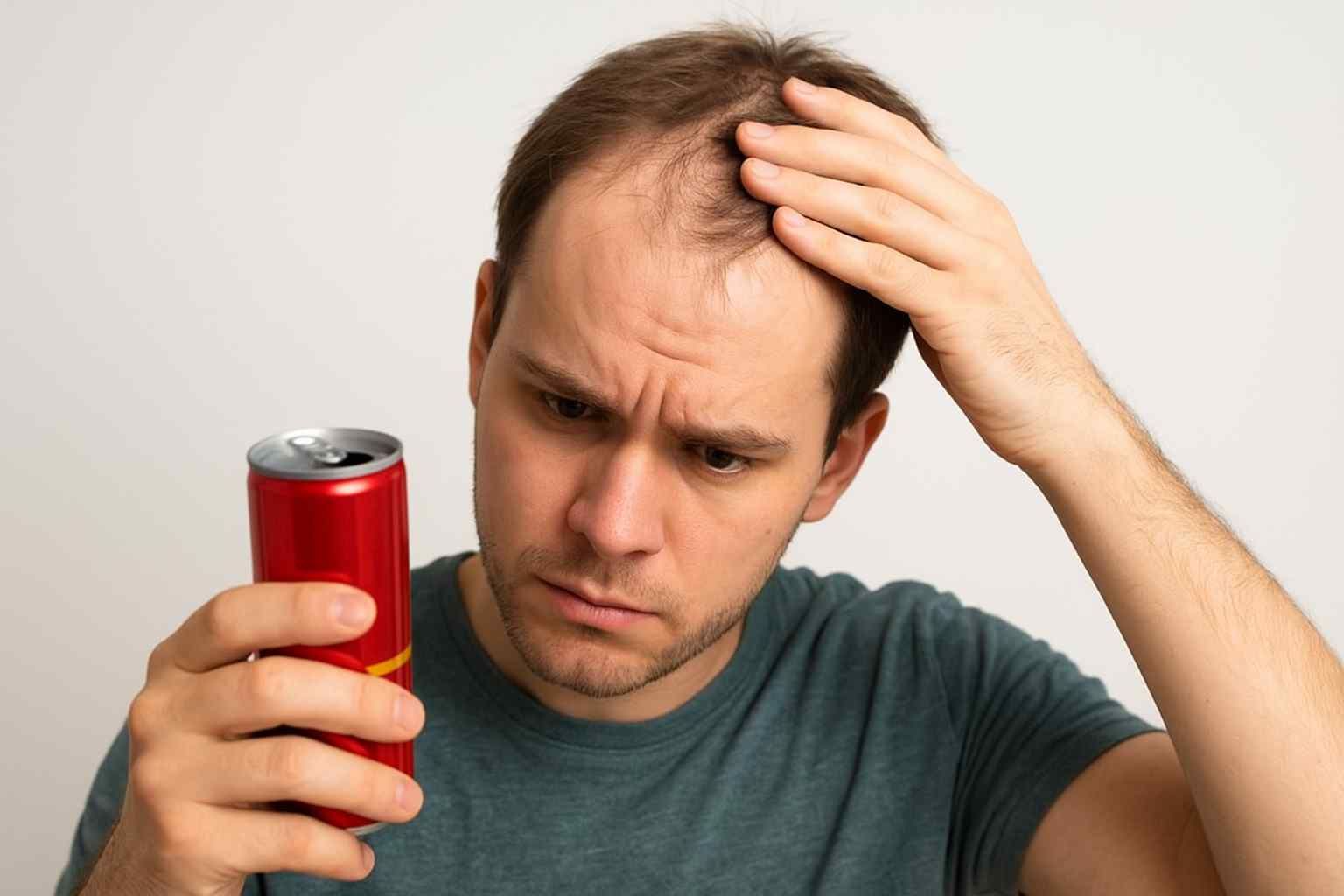Yes, you can drink Sprite for a quick energy boost, but it is not a true energy drink because it has no caffeine or energy-enhancing ingredients. Sprite’s high sugar content may give temporary energy, but it can also lead to a crash, dehydration, and increased fatigue compared to traditional energy drinks.
Introduction
Many people reach for a fizzy drink when they’re feeling tired, and Sprite is often a favorite refreshment. It’s sweet, bubbly, and gives a quick refreshing kick — but can I drink Sprite as energy drink? That’s a question a lot of people ask, especially when they want a pick-me-up without strong caffeine. Since Sprite is caffeine-free, some assume its sugar content might provide a burst of energy similar to an energy drink.
There’s also a common belief that any soft drink can fight fatigue because sugar gives the body fuel. While that may feel true in the moment, energy and alertness rely on more than just sweetness. To help you make smarter choices, this guide breaks down how Sprite works in the body, whether it can boost energy, and when a better option is needed. By the end, you’ll know exactly where Sprite stands in the energy-drink world.
Can I Drink Sprite as Energy Drink?
If you’re wondering can I drink Sprite as energy drink, the short answer is not really. Sprite doesn’t contain caffeine, B vitamins, or other stimulants that typical energy drinks rely on to increase alertness and focus. What Sprite does have is a high amount of sugar, which can give your body a quick spike of energy — but that spike doesn’t last long. After the sugar rush fades, many people experience an energy crash that leaves them feeling more tired than before.
Energy drinks are designed to boost both physical and mental performance. Sprite is designed for taste and hydration, not energy. So while you can drink Sprite when you feel tired, it won’t replace the benefits of a true energy drink or healthier energy-boosting choices.
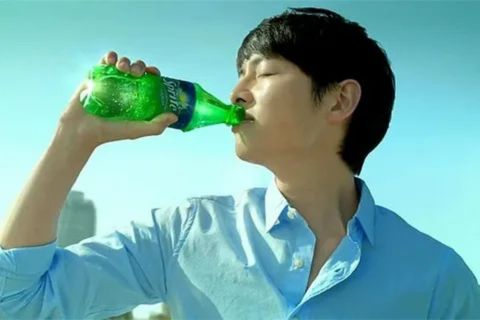
Does Sprite Have Caffeine?
No — Sprite does not contain caffeine. Unlike energy drinks or sodas such as Mountain Dew, Pepsi, or Coca-Cola, Sprite is a caffeine-free lemon-lime soda. That means it won’t stimulate your central nervous system or improve concentration and alertness the way caffeinated beverages do. Many people assume that all fizzy drinks provide an energy boost, but in reality, Sprite only offers quick sugar-based energy that fades quickly.
For someone trying to avoid caffeine due to sensitivity, anxiety, or sleep issues, Sprite may seem like a safer choice. However, without caffeine, it doesn’t work as an effective pick-me-up when you’re feeling tired. If you’re looking for sustained energy, options like green tea, black coffee, or electrolyte drinks perform better without the rapid sugar crash Sprite can cause.
Sugar in Sprite and Its Energy Impact
Sprite contains a high amount of added sugar, which can temporarily raise your blood sugar levels and give you a quick burst of energy. However, this effect doesn’t last long. Once insulin kicks in to bring those sugar levels down, most people experience an energy crash, leaving them more tired than before. A single can of Sprite often contains 20–30g of sugar, which can contribute to weight gain, tooth decay, and a higher risk of type 2 diabetes if consumed regularly.
Because Sprite’s energy comes purely from sugar — not caffeine or nutrients — it’s considered a short-lived energy source. If you need something to help you stay focused or energized, healthier options like electrolyte drinks, coconut water, or even black coffee provide better, more sustained support without such a sharp crash.
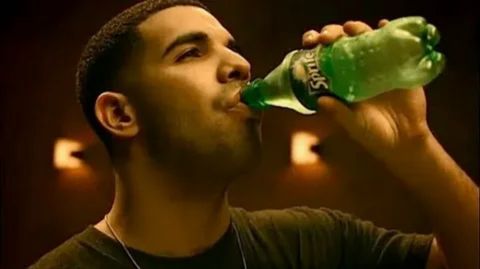
Sprite vs Energy Drinks: Key Differences
Sprite and energy drinks may seem similar because they both provide a refreshing boost, but they work very differently in the body. Sprite is mainly sugar and carbonation, offering quick but short-lived energy. Energy drinks, however, include caffeine, vitamins (like B-complex), and sometimes electrolytes, which support sustained alertness and energy production. This is why athletes and students often use energy drinks for performance — something Sprite cannot deliver.
Another big difference is safety. Energy drinks can cause heart palpitations, anxiety, and sleep disruption if consumed in excess due to caffeine and stimulants like taurine. Sprite avoids those risks but replaces them with concerns like high sugar intake, which can lead to weight gain and blood sugar spikes.
Below is a clear comparison:
| Feature | Sprite | Energy Drinks |
|---|---|---|
| Caffeine | None | High caffeine |
| Main Energy Source | Sugar | Caffeine + sugar/stimulants |
| Duration of Energy | Very short | Longer-lasting |
| Electrolytes | No | Sometimes |
| Best For | Quick refreshment | Focus & performance boost |
| Health Risks | Sugar spikes, weight gain | Heart rate increase, anxiety |
Health Risks of Drinking Sprite for Energy
Using Sprite as an energy drink may seem harmless, but it comes with several downsides. Since Sprite contains a high amount of added sugar, it quickly spikes blood glucose levels. This can lead to a sudden burst of energy followed by a crash that leaves you feeling even more tired. Regular sugar spikes also increase the risk of weight gain, type 2 diabetes, and tooth decay, especially if you rely on Sprite throughout the day for energy.
Another concern is hydration. Sprite is carbonated and contains zero electrolytes, so it does not replenish essential minerals lost from sweat or physical activity. It may feel refreshing, but it does not support muscle function or endurance like proper energy drinks or sports beverages. If you consistently replace water or healthier options with Sprite to boost energy, fatigue and dehydration can actually worsen over time.
Healthier Alternatives to Sprite for Energy
If you’re looking for a better way to stay energized, there are several healthier alternatives to Sprite. Drinks that contain natural caffeine, electrolytes, or vitamins can provide more sustained and stable energy without the sugar crash. Options like unsweetened iced tea, black coffee, or green tea offer a clean energy boost thanks to caffeine and antioxidants. For those who need hydration and minerals — especially after exercise — electrolyte beverages, coconut water, or sports drinks in moderation are better choices than sugary soda.
Another excellent choice is fruit-infused water or lemon water, which provides hydration and a refreshing taste without added sugar. These drinks keep your body fueled and support better energy production throughout the day. Choosing beverages with real functional benefits can help improve focus, reduce fatigue, and promote overall health — without relying on soda for quick energy.
FAQs — Can I Drink Sprite as an Energy Drink?
1. Can Sprite give you energy like an energy drink?
Sprite can give a quick energy boost because of its high sugar content, but the effect is short-lived and followed by a crash. It does not work like real energy drinks that contain caffeine, B-vitamins, and other stimulants.
2. Does Sprite keep you awake?
No. Sprite is caffeine-free, so it won’t help with alertness or reducing tiredness. You may feel briefly energized due to sugar, but it won’t improve focus or wakefulness.
3. Can Sprite help with dehydration and fatigue?
Sprite provides hydration because it’s a liquid, but the high sugar content may actually make fatigue worse for some people. Drinks with electrolytes or caffeine are better choices for energy.
4. Is Sprite OK before or after a workout?
It’s not recommended as a workout drink. It lacks electrolytes and may cause bloating. Choose water, coconut water, or sports drinks instead.
5. Is Sprite healthier than energy drinks?
Sprite contains no caffeine, which is a positive — but it is high in sugar. Energy drinks often have more functional ingredients, so neither option is truly a healthy daily choice.
